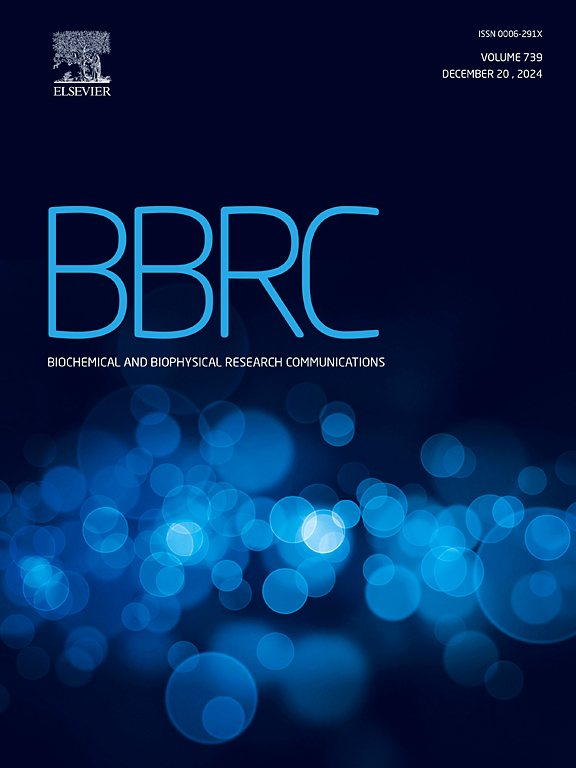The dilemma of nuclear mechanical forces in DNA damage and repair
IF 2.5
3区 生物学
Q3 BIOCHEMISTRY & MOLECULAR BIOLOGY
Biochemical and biophysical research communications
Pub Date : 2025-03-20
DOI:10.1016/j.bbrc.2025.151639
引用次数: 0
Abstract
Genomic stability, encompassing DNA damage and repair mechanisms, plays a pivotal role in the onset of diseases and the aging process. The stability of DNA is intricately linked to the chemical and mechanical forces exerted on chromatin, particularly within lamina-associated domains (LADs). Mechanical stress can induce DNA damage through the deformation and rupture of the nuclear envelope, leading to DNA bending and cleavage. However, DNA can evade such mechanical stress-induced damage by relocating away from the nuclear membrane, a process facilitated by the depletion of H3K9me3-marked heterochromatin and its cleavage from the lamina. When DNA double-stranded breaks occur, they prompt the rapid recruitment of Lamin B1 and the deposition of H3K9me3. Despite these insights, the precise mechanisms underlying DNA damage and repair under mechanical stress remain unclear. In this review, we explore the interplay between mechanical forces and the nuclear envelope in the context of DNA damage, elucidate the molecular pathways through which DNA escapes force-induced damage, and discuss the corresponding repair strategies involving the nuclear cytoskeleton. By summarizing the mechanisms of force-induced DNA damage and repair, we aim to underscore the potential for developing targeted therapeutic strategies to bolster genomic stability and alleviate the impacts of aging and disease.
求助全文
约1分钟内获得全文
求助全文
来源期刊
CiteScore
6.10
自引率
0.00%
发文量
1400
审稿时长
14 days
期刊介绍:
Biochemical and Biophysical Research Communications is the premier international journal devoted to the very rapid dissemination of timely and significant experimental results in diverse fields of biological research. The development of the "Breakthroughs and Views" section brings the minireview format to the journal, and issues often contain collections of special interest manuscripts. BBRC is published weekly (52 issues/year).Research Areas now include: Biochemistry; biophysics; cell biology; developmental biology; immunology
; molecular biology; neurobiology; plant biology and proteomics

 求助内容:
求助内容: 应助结果提醒方式:
应助结果提醒方式:


